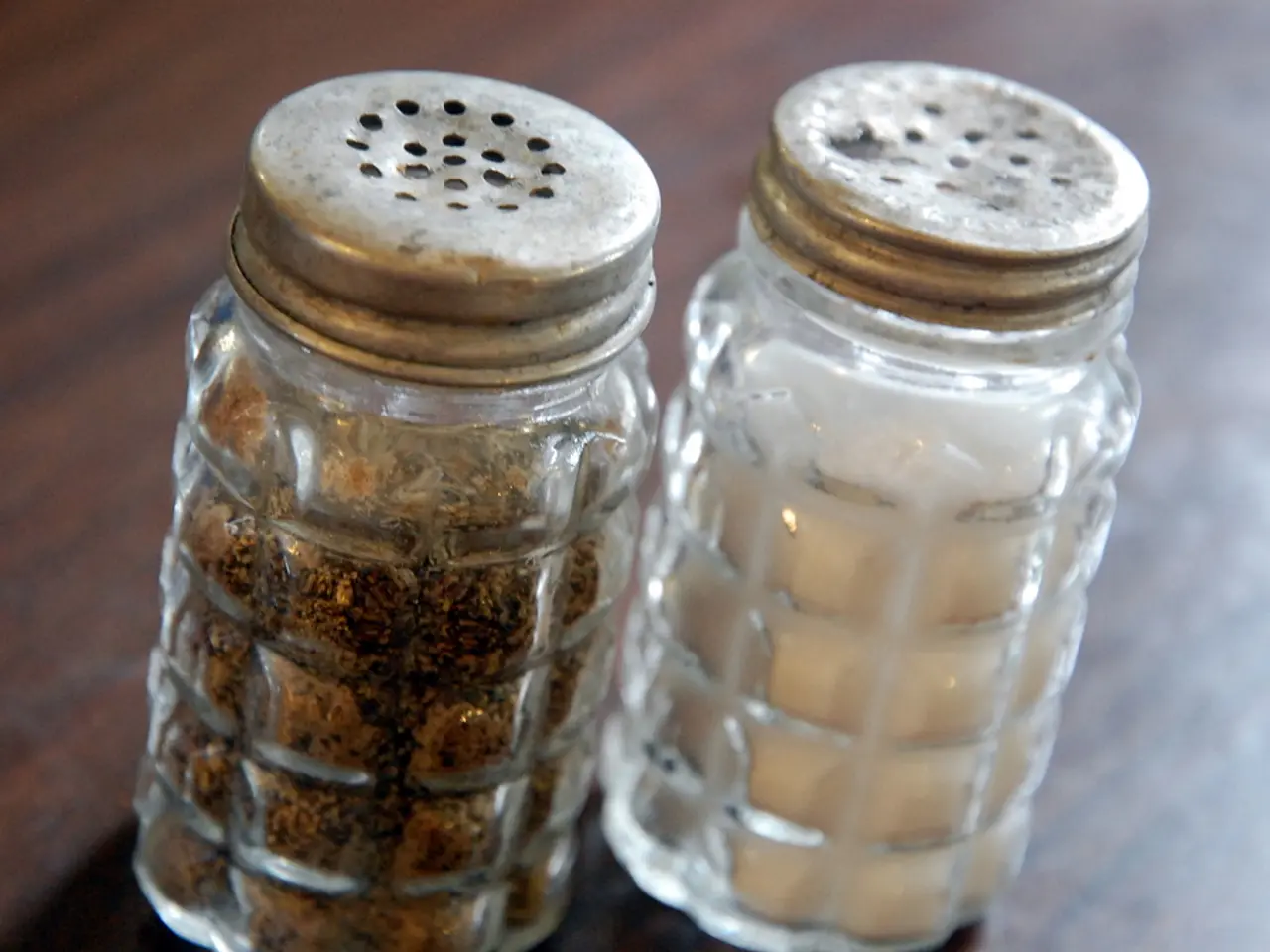Investigations into the Balancing Act of Water Molecules
The surface tension of water is a remarkable physical property that makes water behave like a stretched elastic membrane. This phenomenon arises because water molecules at the surface are attracted more strongly to each other than to the air above, creating a "skin-like" layer.
Quantitatively, water's surface tension at 20°C is about 0.07275 joules per square meter (J/m²). This property has a significant impact on everyday phenomena, from the round shape of bubbles to the ability of a paper clip to float on water.
### The Science Behind Surface Tension
The cohesion of water molecules, due to hydrogen bonding, is the main cause of surface tension. The surface also exhibits elasticity, resisting external force like a stretched elastic film. Surface tension decreases as temperature increases, and the presence of impurities also affects its strength.
### Everyday Phenomena Explained by Surface Tension
Surface tension plays a crucial role in various natural and everyday occurrences. For instance, it is responsible for the nearly spherical shape of raindrops on waxy leaves, the hanging and growing drops from faucets, and the ability of water striders to walk on water.
Light objects like paper clips or razor blades can be supported by water’s surface tension if they do not break the surface film. Oil and water separation, the "tears of wine" effect, and capillarity are other phenomena influenced by surface tension.
### Fun and Educational Science Activities
Exploring the surface tension of water can be both fun and educational. Activities such as the Floating Paperclip Experiment, the Soap Powered Boat Experiment, and the Magic Milk Experiment are great ways to understand this fascinating property.
Water Drop Painting, a combination of science and art, and the creation of Bubble Snakes and geometric bubbles are other engaging activities that demonstrate the principles of surface tension.
### The Legacy of Agnes Pockels
The science of surface tension of fluids was first discovered by scientist Agnes Pockels in the late 19th century. She measured the surface tension of water using the Pockels trough and published her findings in the prestigious journal Nature in 1891.
In conclusion, surface tension of water is a key physical property produced by cohesive forces between molecules, resulting in an elastic-like surface that influences drop formation, insect locomotion on water, liquid separation, and many other natural and everyday occurrences. By understanding and exploring this property, we can gain a deeper appreciation for the wonders of science and the world around us.
- The study of engineering often involves learning about the cohesion of water molecules, a phenomenon that leads to the creation of surface tension.
- Physics and biology merge in various projects focused on the investigation of surface tension, such as the Floating Paperclip Experiment and the Magic Milk Experiment.
- Elementary science activities related to health-and-wellness and fitness-and-exercise can incorporate elements of surface tension, like creating Bubble Snakes, demonstrating capillarity through plant roots, or exploring the role of surface tension in blood circulation.
- Art schools may incorporate activities like Water Drop Painting to engage students creatively while teaching them about the impact of surface tension on various artistic mediums and techniques.
- Science education for kids can be enhanced by the use of printables and activities specifically designed to illustrate the effects of surface tension, making learning fun and interactive.
- The ability to walk on water is not only fascinating, but also a practical demonstration of surface tension, as seen in insects like water striders, who use this property to navigate atop bodies of water.
- In addition to everyday phenomena like the nearly spherical shape of raindrops, surfactants used in health-and-wellness and fitness-and-exercise products also find their efficacy rooted in the influence of surface tension.
- Experiments that harness the elastic properties of water, such as the Soap Powered Boat Experiment, not only illustrate the concept of surface tension but also facilitate a deeper understanding of fluid dynamics and engineering principles.
- Students can develop their critical thinking skills through the analysis of everyday occurrences, like oil and water separation or the "tears of wine" effect, that are governed by the forces of surface tension.
- As we continue to learn from the discoveries of pioneers like Agnes Pockels in the context of surface tension, we are reminded of the importance of scientific inquiry and its ability to help us better understand the world and our place within it.




